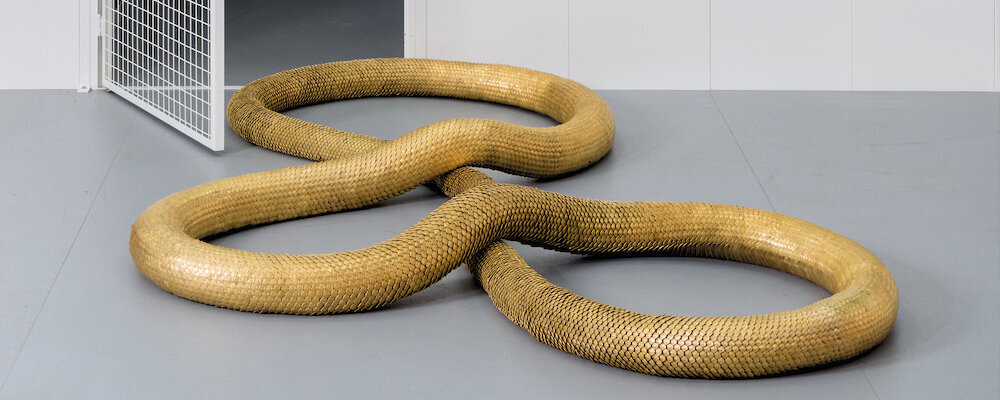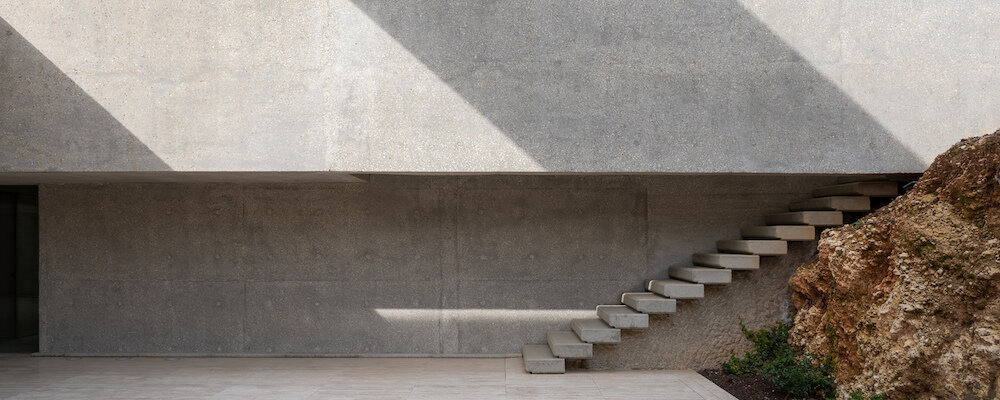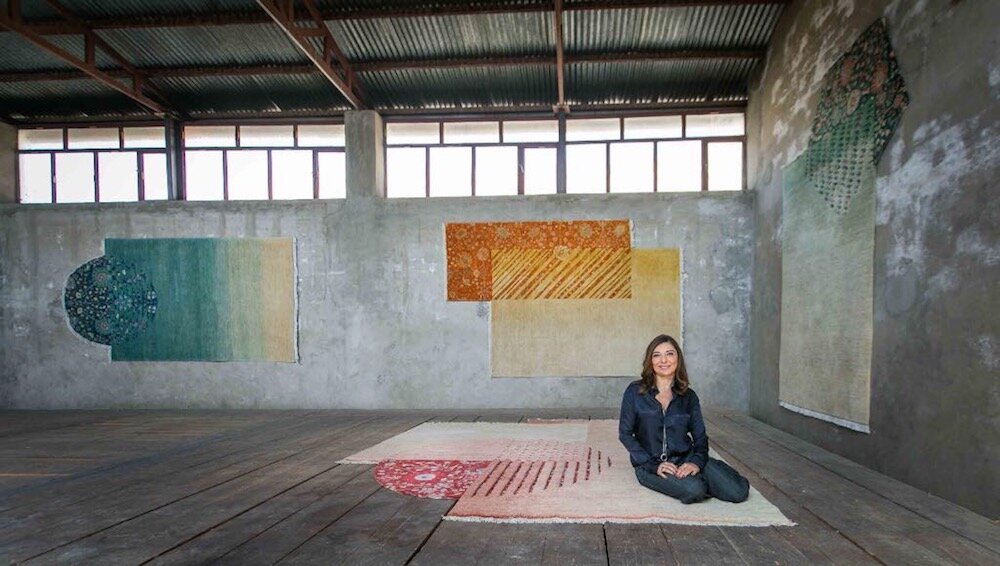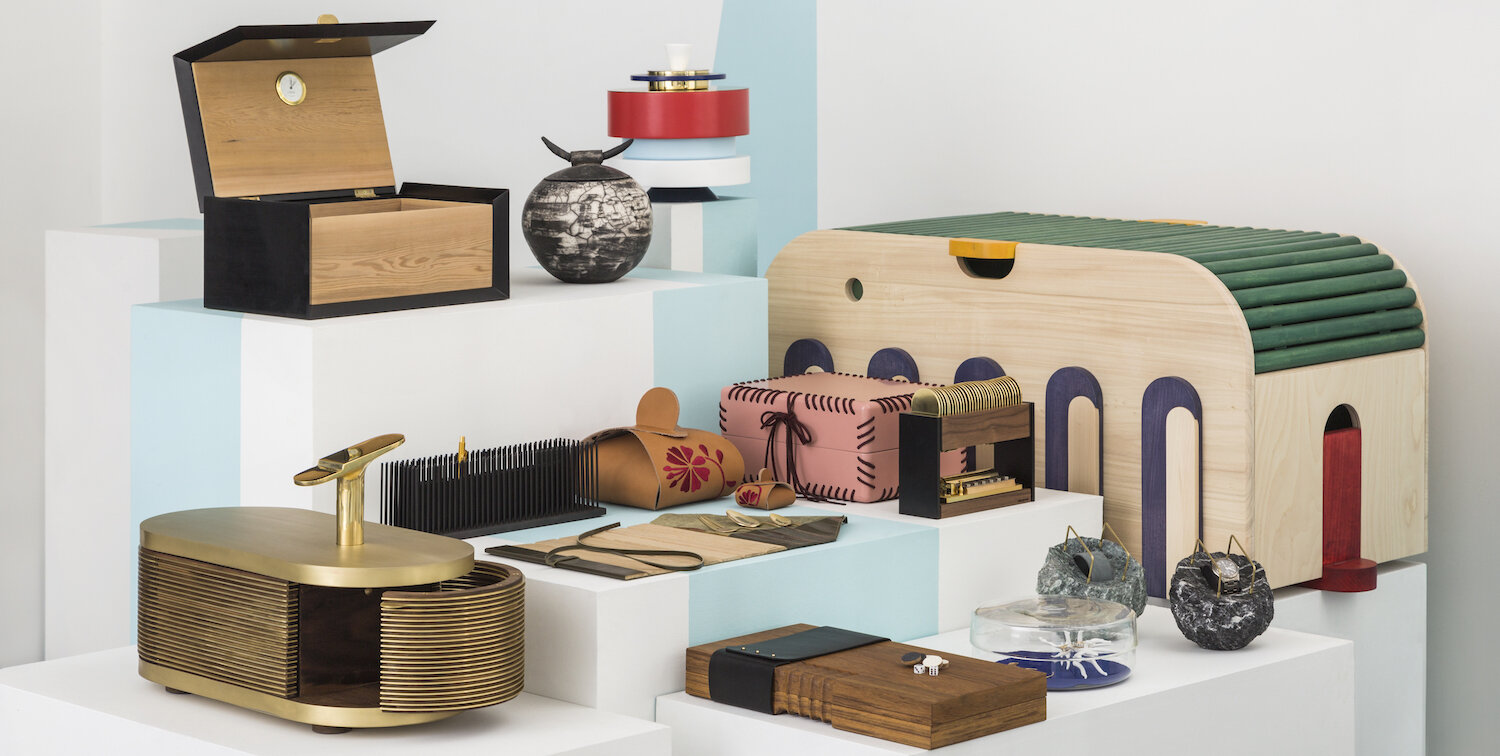Beirut. The Eras of Design
After its unveiling at the Grand Hornu (Belgium), the Beirut. The Eras of Design exhibition opens at the mudac in Lausanne. A unique and rare chance to learn about the history of design from a country leading in creativity despite its political instability.
At the crossroads of the East and the West, Lebanon has been in artistic turmoil since the beginning of the 2000s. Design too has enjoyed this dynamic and is even one of its most significant indicators. The exhibition Beirut. The Eras of Design (Beyrouth. Les Temps du Design) at mudac seeks to analyse this specific situation which simultaneously combines economic and architectural reconstruction with social awareness and international development.
Design alone crystallises this desire to take hold of one’s destiny and image by offering objects and forms that are not only steeped in a multifaceted cultural heritage but also deeply rooted in a complex reality.
Until the elaboration of this exhibition project, no study had been conducted on the history of design in Lebanon, from the country’s independence in 1943 to the present day. This colossal project aims to fill this gap by presenting an overview based on rich documentation, while accepting some shortcomings due in particular to the disappearance of whole sections of archives during and after the civil war.
In order to grasp the dynamic lines that have enabled design to develop in the country, the exhibition is structured in three parts.
The History of Lebanese Design
Under French rule (1918-1943), Beirut – proclaimed capital of Greater Lebanon in 1920 – restructured itself according to the Western model and thus distinguished itself from most of the cities of the Levant. Despite the significant development of its outskirts – due to major demographic growth – only the city centre benefited from these major works.
None of the proposed urban development plans (Danger and Michel Écochard) took into account the pre-existing urban fabric and a general tabula rasa was decided upon, a sign of complete denial of identity and of the prevalence of colonial urbanism. But it was from 1945 to 1975 – the duration of the First Lebanese Republic – that design was to emerge in Lebanon.
The exhibition starts by putting contemporary design in a historical perspective, from the 1940s to the 1990s. How was design born in Lebanon ? Who were the main actors and what were the most emblematic works ?
From the ‘90s to the Present Day
When the civil war (1975-1990) came to an end, the reconstruction of Beirut and a new start for Lebanon appeared to be an absolute priority in order to strengthen its appeal and attract investors. Many Lebanese citizens returned to the country. In this particular context, design began reclaiming geographical, economic and creative spaces. Beirut became a creative hub where workshops, galleries, schools, architecture firms, bars and restaurants set up shop.
In the ‘90s, the “Hariri-Solidere” plan, the result of private initiatives, involved the destruction of old districts in order to open up the view of the sea. The lack of respect for heritage (neither conservation nor restoration) was pointed out and, in this post-war context, the large building sites only accelerated the debt that impacted both citizens and companies.
New Geography Of A Creative City
The specific urban development of the city was not without consequences for creative people. Wastelands, off-centre and peripheral urban spaces were then requalified and gained new value simply because artists, designers and cultural institutions settled there. This urban gentrification spread at an extremely rapid rate due mainly to a complete lack of urban planning. In Beirut, politicians had no urban, economic or cultural vision.
Today, design appears to be a major player in creation and must be considered, both historically and from a contemporary point of view, as one of the driving forces behind the development of a micro-economy. Thus, it was at the end of the 1990s and during the first decade of the 2000s, when the Corniche al-Nahr, Quarantine, Gemmayze, Mar Mikhael and Badaro projects were taking shape, and with them the development of creative centres, that the desire for design re-emerged.
Emergence Of Galleries And Specialised Fairs
Several organisations were then created in the early 2000s that began to imagine, design and structure a new field of design. As early as 2002, the XXe Siècle gallery offered vintage pieces (from the 1950s to the 1970s) and revealed a whole section of Jean Royère’s career. Carwan gallery, founded in 2010, aimed to convince the public of the interest of Lebanese design.
The early 2010s was undoubtedly the high point of the positive energy of design in Lebanon and very quickly, alongside the galleries, a number of fairs were launched, including Beirut Design Week and regionaly Design Days Dubai (2012-2017) offered a new strong visible platform for the Lebanese design scene. In 2017, Beirut Design Fair was the first fair entirely dedicated to design in Beirut.
Beirut featured typologies of legitimating institutions, mostly linked to private initiatives and funds. Moreover, several major museum institutions such as the British Museum or the Guggenheim showed an interest in the creations of the Arab world. This was reflected in the acquisition of works for their collections.
Teaching Design
A Design department was created in 2012 within the Lebanese Academy of Fine Arts (Alba), becoming the first school in the Middle East to consider design as a discipline in its own right. Marc Baroud, a designer who had then recently graduated, taught there. The Design section had a twofold mission: to create new opportunities and to become a resource for companies seeking innovation.
Featured designers in this section:
Minjara, which means “carpentry” in Arabic, was born out of the desire to preserve Lebanon’s woodworking heritage and to foster dialogue between traditional craftspeople and contemporary designers in a spirit of innovation.
This project, implemented with the help of the European Union, aims to support the wood industry, which was in danger of disappearing in Tripoli due to the sectarian clashes that, until 2014, affected this region, which was once known as the basin of traditional Lebanese furniture and crafts.
Installed since 2018 in a spacious building designed by Oscar Niemeyer – a symbol of Lebanese architecture from the 1960s – the Minjara platform provides a place for creation, training and synergy. The aim is to bring together creators under a label – a guarantee of quality – in order to be recognised locally and internationally.
After the explosion on 4 August 2020, to show solidarity with Beirut, Minjara rallied together local craftspeople and trained volunteers to develop a temporary door system and allow Beirut residents to regain a minimum of security.
The platform therefore also offers a form of direct intervention on private work sites. In a spirit of solidarity, Minjara acts both as a showcase of Lebanese know-how and a space to meet, discuss and research for different creators, constantly inviting people to reinvent themselves by mixing heritage and innovation.
The exhibition is accompanied by the first publication to also address the different aspects of this emerging scene.
→ Beirut. The Eras of Design from Friday 7 April to Sunday 6 August 2023.
Scenography: Ghaith&Jad / Graphic Design: Chris Gautschi / Sound Installation: Christophe Fellay - Pictures of the exhibition by Etienne Malapert


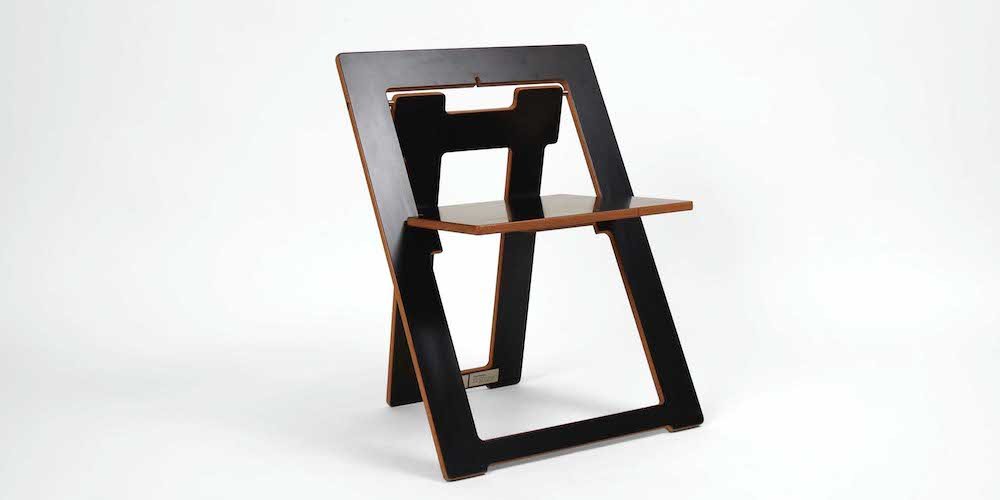




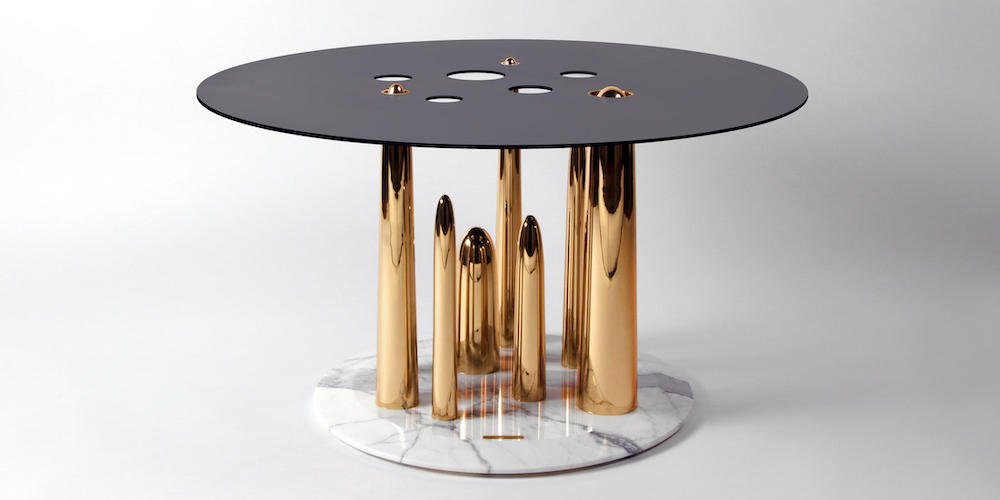
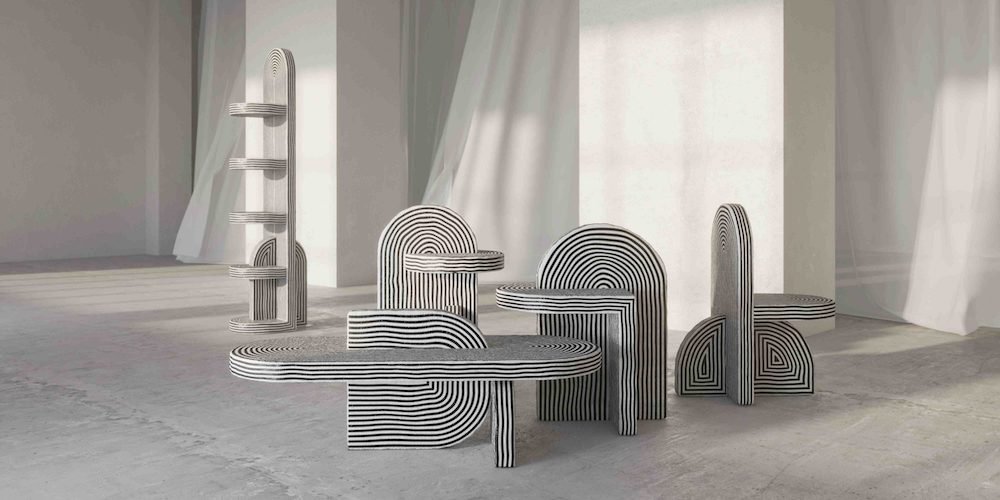



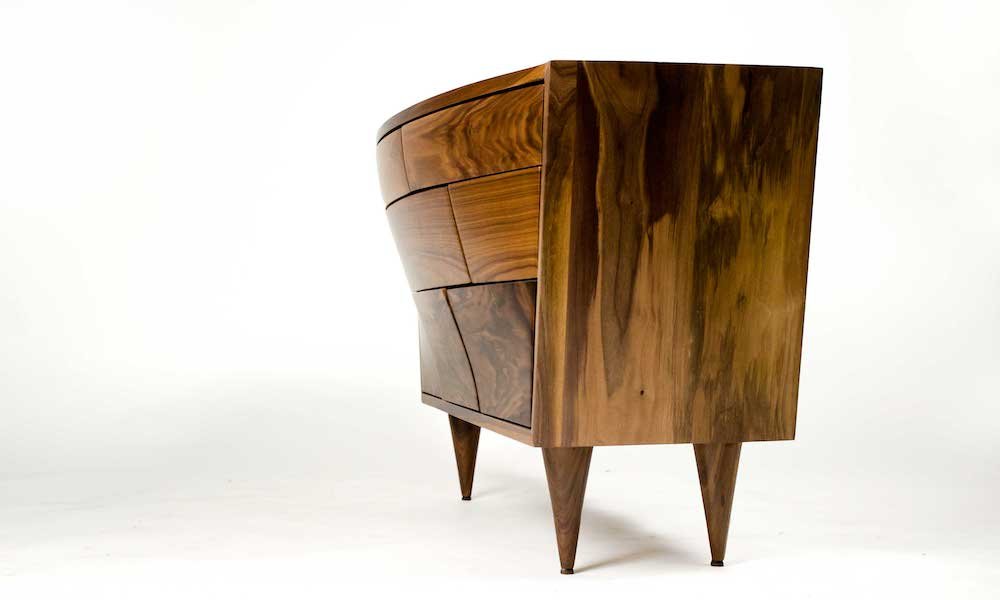
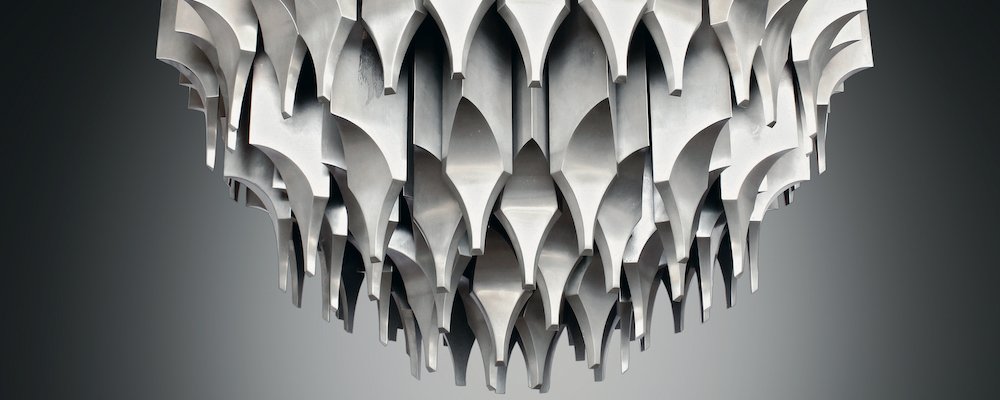
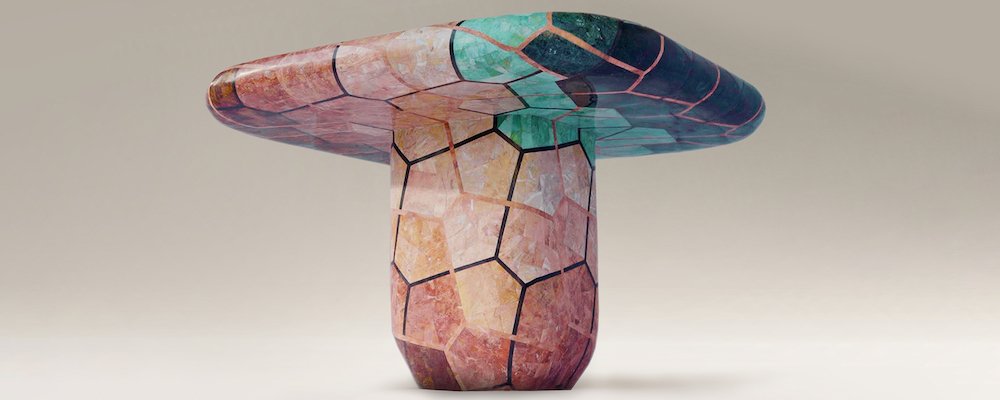

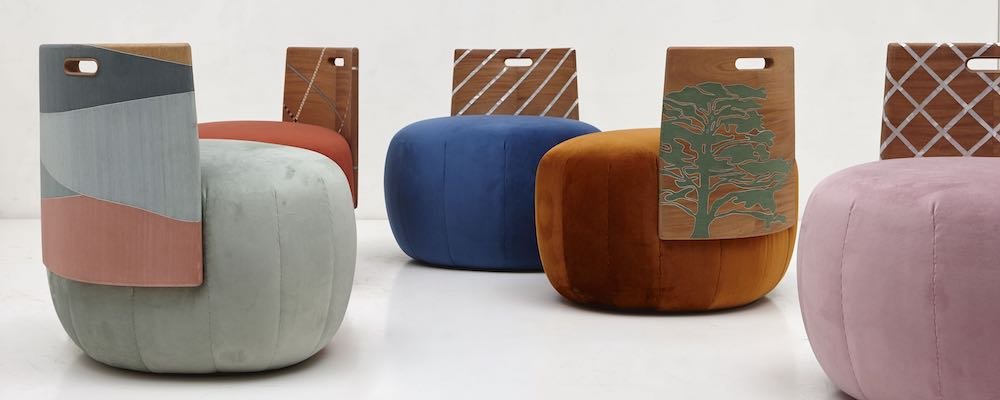


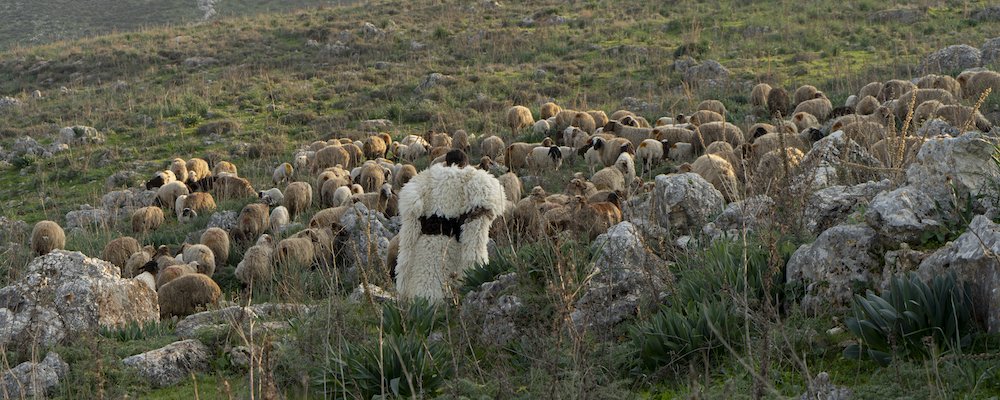

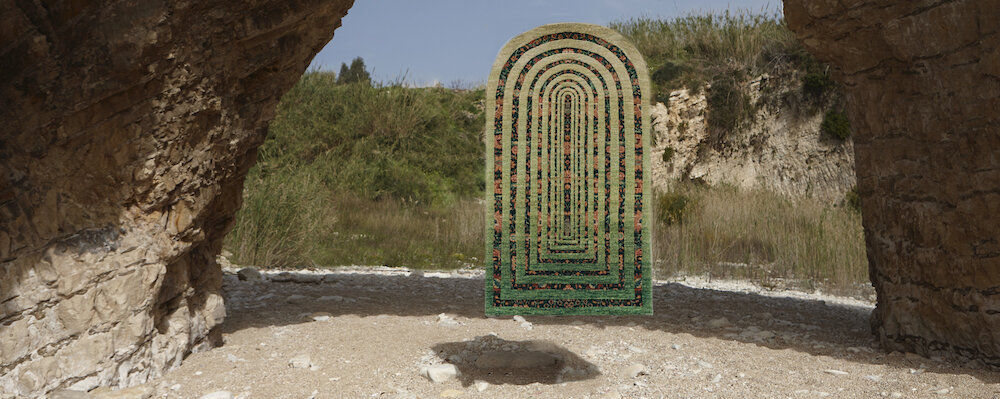
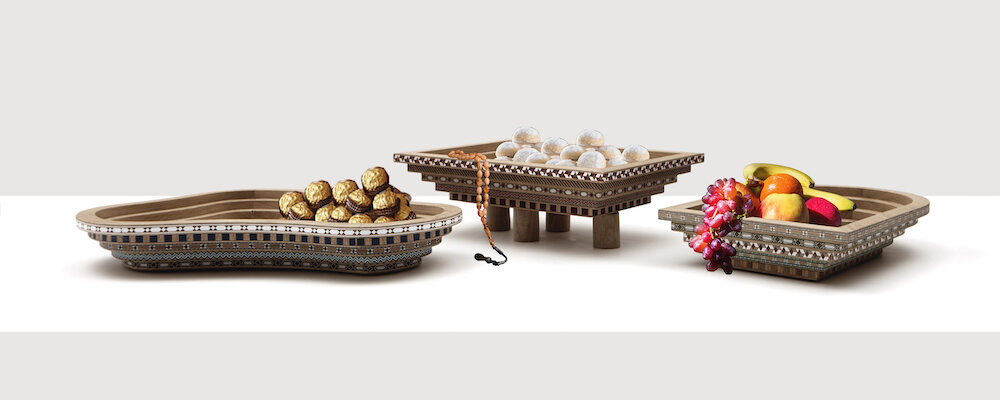
![Un[Mask]Ed By Iwan Maktabi X Collection</a>](https://images.squarespace-cdn.com/content/v1/60e5d1328ba0347d103ca037/1629483099762-G8MGRWVUOLU6D520UOQS/DSC_4995_hero.jpg)
